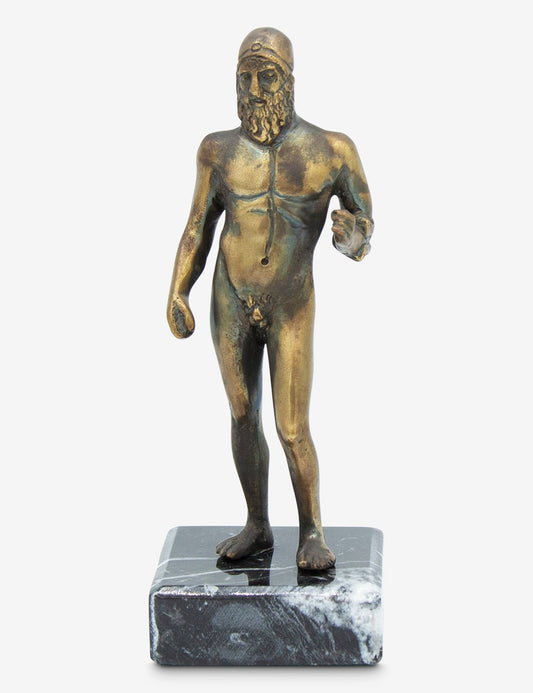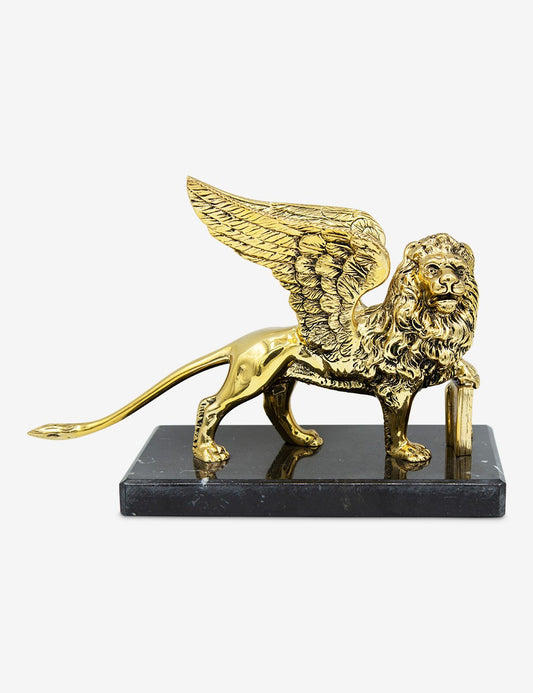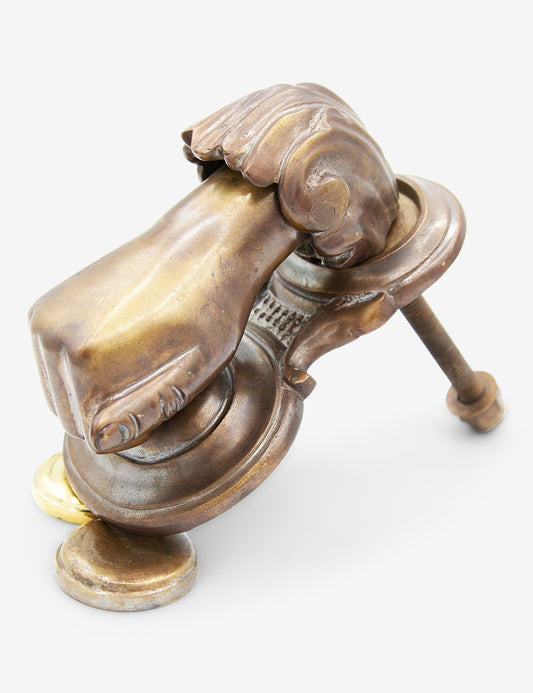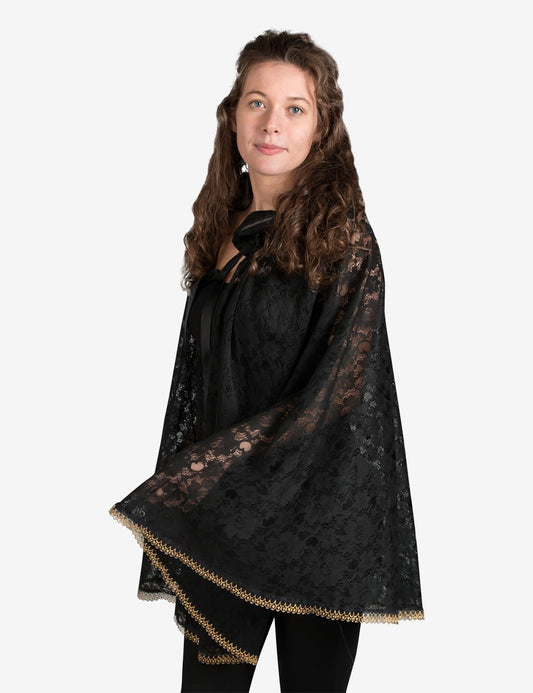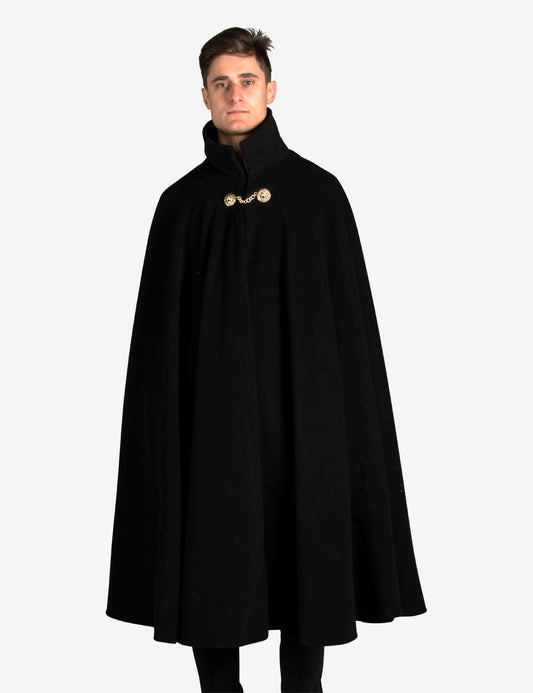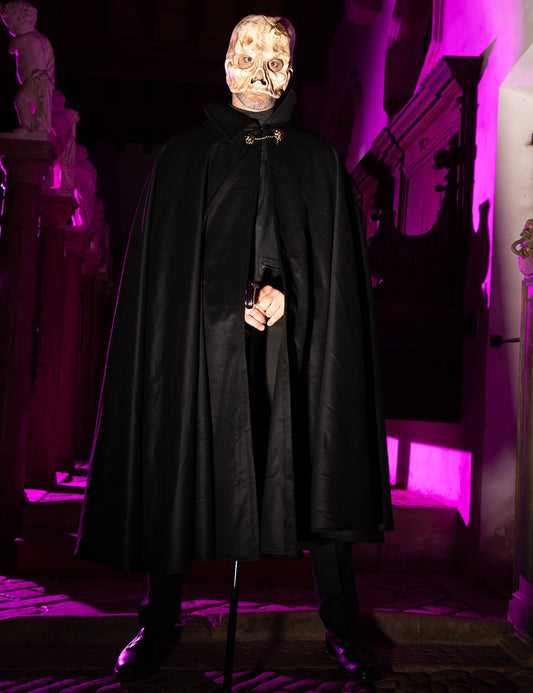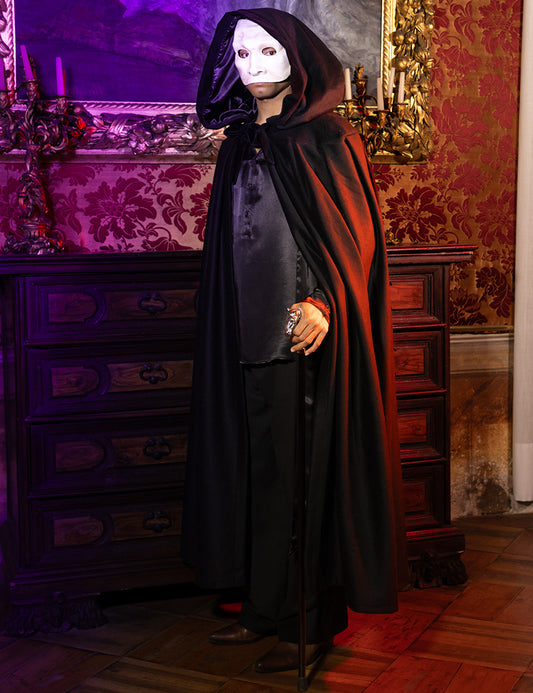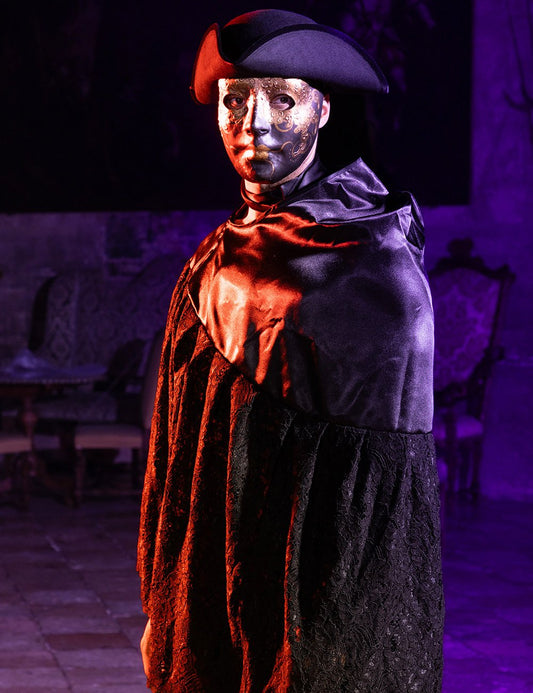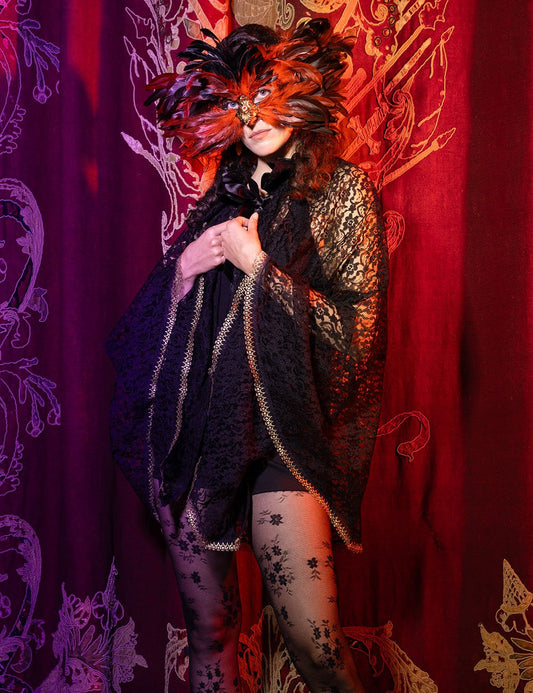
The heart of Venice, handmade
Discover the excellence of Venetian craftsmanship: masks, Murano glass, accessories, and unique creations made by the finest local masters.
Bringing the best of Venetian craftsmanship online, with a curated selection of unique and authentic products.
Most loved
Ready to ship

Gala with Blue Tabby Feathers
Ready to ship
Ready to ship

Inca with Tabby Feathers & Stick
Ready to ship
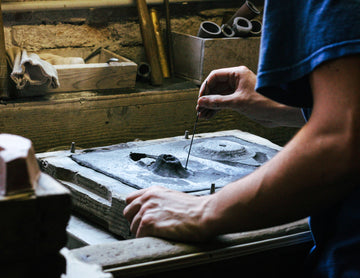
Discover our artistic foundry
Masks, doors, bells, handles, faithful Venetian reproductions in brass and bronze. Artisanally made and worked with the traditional "a staffa" technique.
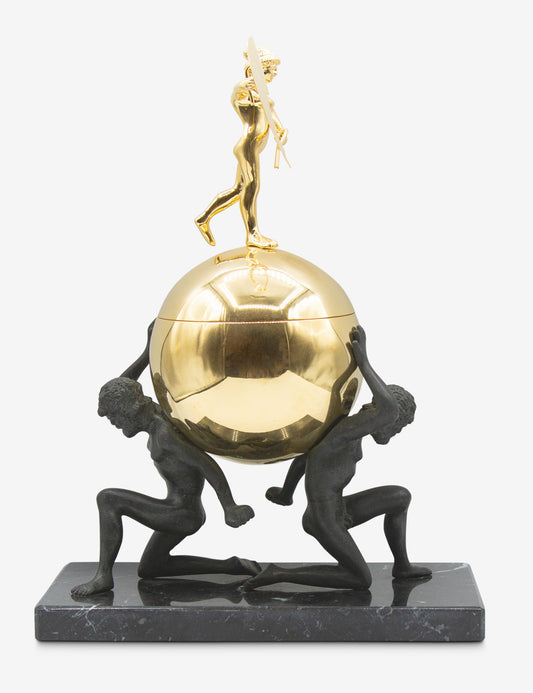
Punta Della Dogana Statue
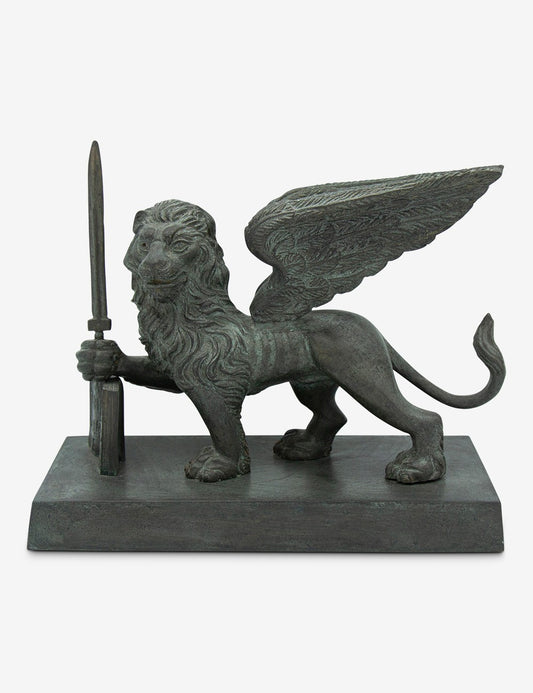
Lion of San Marco (Metal base) 001
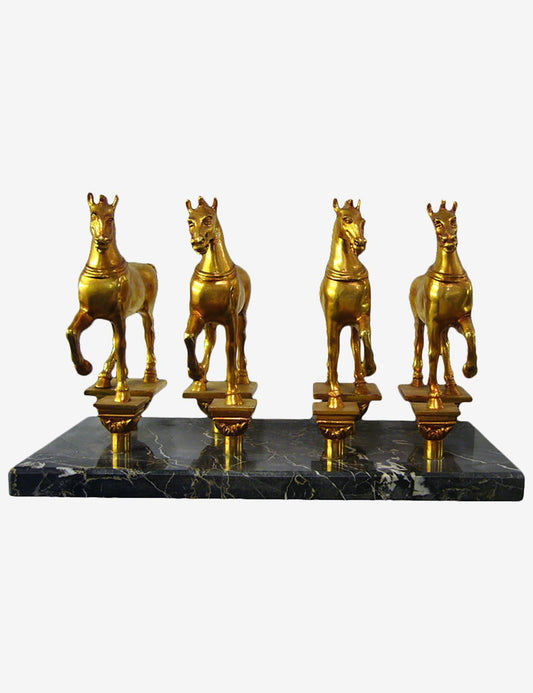
Horses of the Basilica San Marco 002

The perfect costume, with timeless accessories
Full costumes, capes, walking canes, jewelry, and more.
Our costumes and accessories are the perfect fit for every occasion.
Ready to ship
Ready to ship
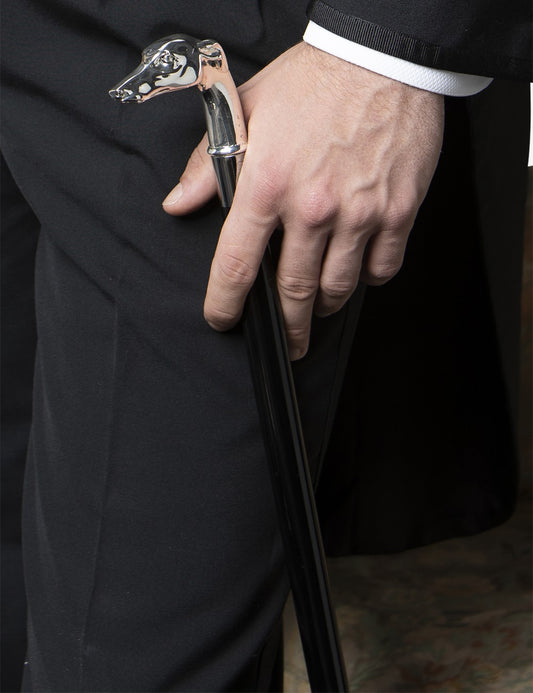
Walking stick Sighthound 001
Ready to ship
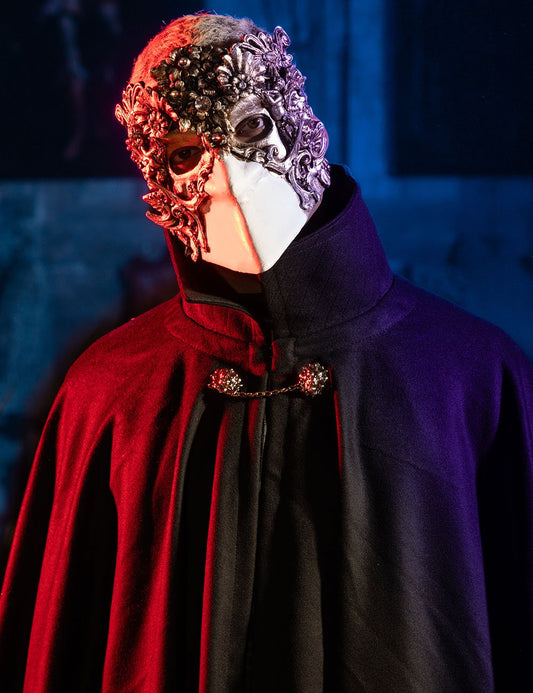
The Keeper of Mystery
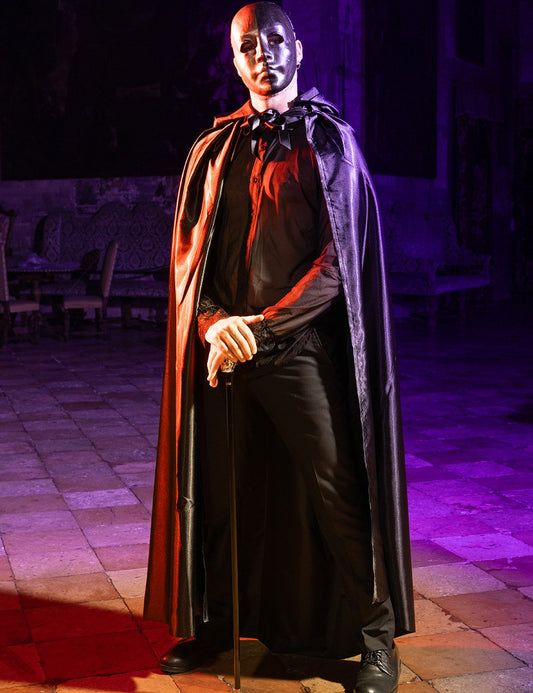
The Keeper of the Secret
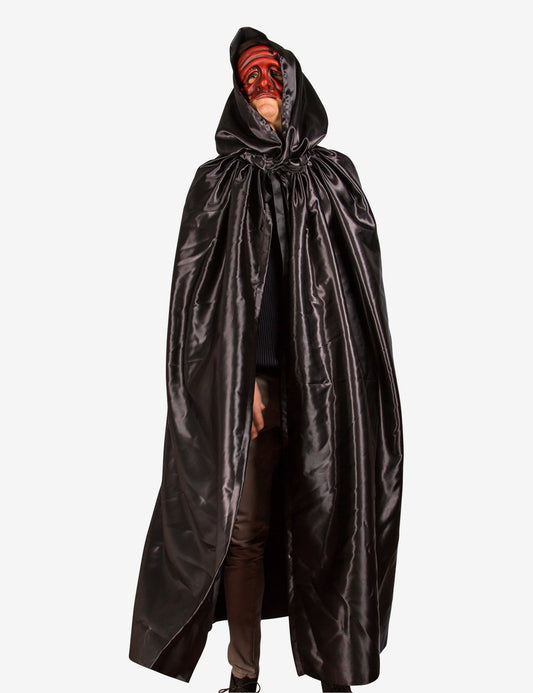
Unisex Cloak With Hood - Black
Ready to ship
Ready to ship
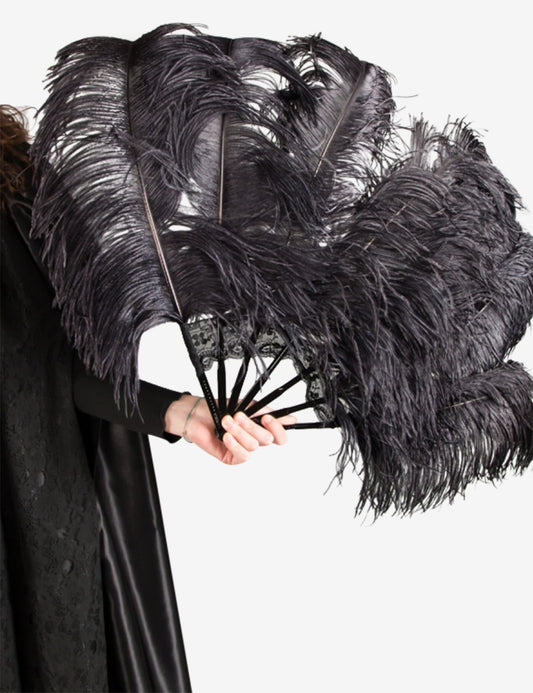
Charleston fan with marabou feathers

The Art of Venetian Masks
Discover our handcrafted Venetian masks, made by master artisans. Each piece tells a story of elegance, tradition, and mystery

Find Your Inspiration
Browse our curated looks and discover the perfect style for every occasion
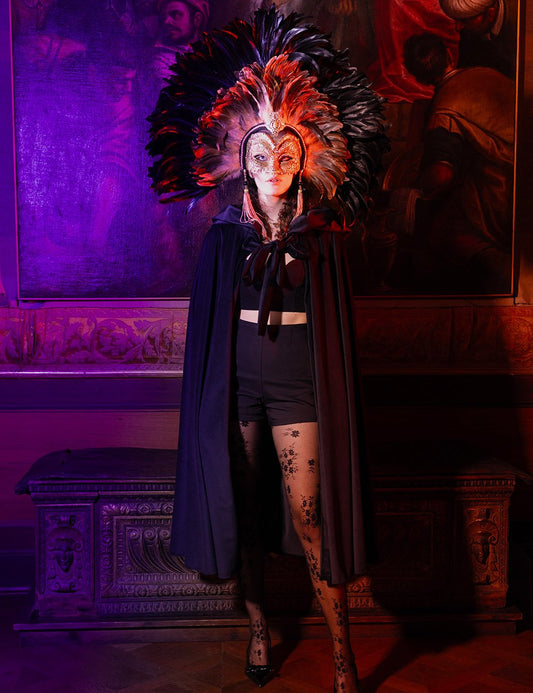
The Queen of Mystery

The Keeper of Mystery
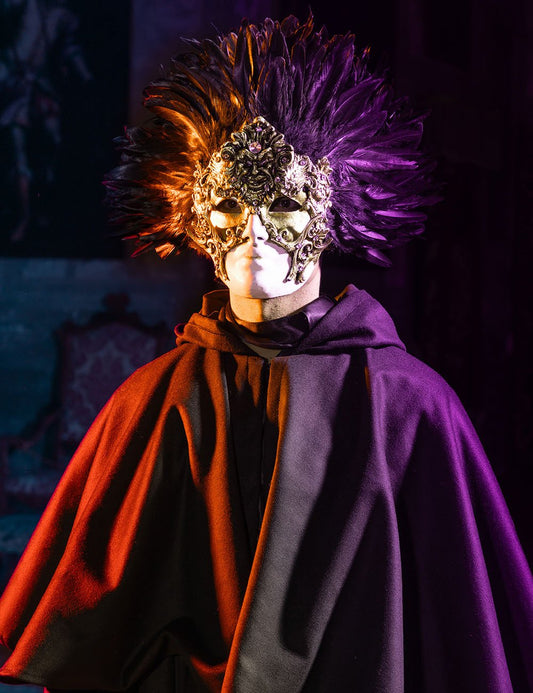
The Enigmatic Sovereign
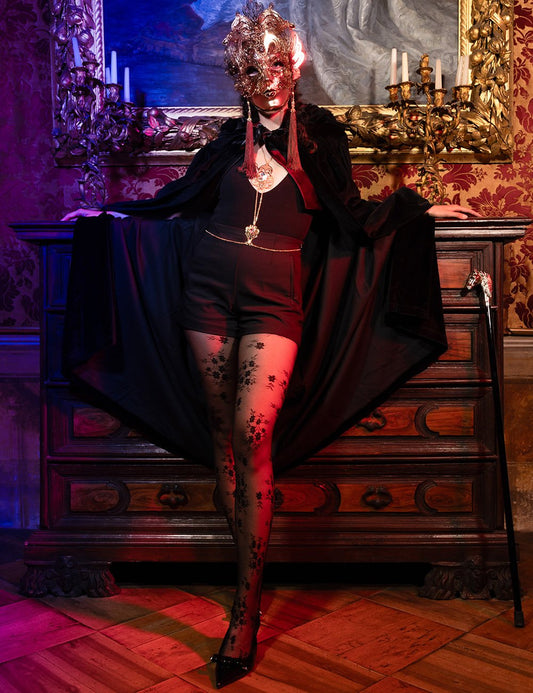
The Goddess of Shadow

The Keeper of the Secret
Craftsmanship, with a story to tell
Discover the passion and centuries-old tradition behind every piece, handcrafted by Venice’s master artisans using exquisite materials like papier-mâché for Venetian masks, luxury fabrics for costumes, Murano glass, and finely carved wood for iconic creations
Are you a Venetian artisan?
Sell your products with Original Venice!
Sell your products with Original Venice!
Original Venice is the world’s first online sales channel where you can reach new international customers who love Venetian craftsmanship and Made in Italy. Trust a team with over 10 years of experience, with no fees or commissions.

Your events, our products
Experience the art of Venetian craftsmanship tailored for your special event. Perfect for parties, weddings, shootings, movies, and many unforgettable moments
Blog posts
Dive into Venetian Stories & Craftsmanship. Our blog brings you closer to the authentic spirit of Venice with expert insights, interviews, and tips to make your events unforgettable
Venetian Masks for the New Year’s Eve Party: Plan Your Event with Original Venice
What to Wear for Halloween? This Year You’ll Surprise Everyone…
And you, which mask will you be? Always on theme, of course.
Follow @OriginalVeniceShop
Unlock the secrets of Venetian elegance.Follow us and enter a world where mystery meets beauty, and every mask tells a story. Dare to be enchanted!




























